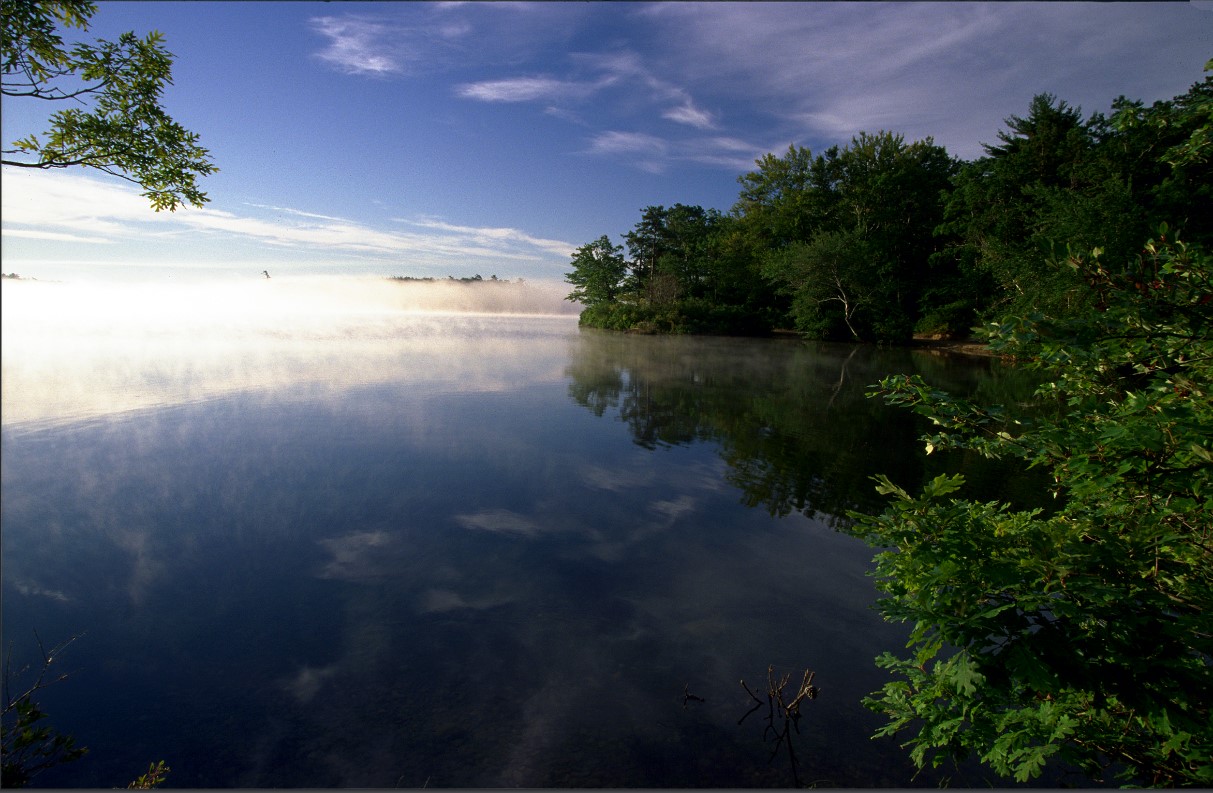Wildlands stewardship staff, with the help of volunteers, begin improvements at Willow Brook Preserve in Pembroke last month. New split-rail fencing was installed in the parking lot, creating a clear outline of the lot and protecting the surrounding vegetation from vehicles and foot traffic. Funded by a grant through the Recreational Trails Program, the scheduled work will both improve the visitor experience at the preserve and the various habitats throughout the property.
Volunteers also spent time at Wildlands’ headquarters building 10 blue-bird boxes, which will be installed in the coming months in the fields at the 167 acre former dairy farm. Benches and bog boards will also be built and installed along the trail system. The bog boards will lift visitors up off of the more well-used portions of trail, allowing for the restoration of eroded sections and protecting the surrounding habitat.
Also keep an eye out for new educational signage along the trails which will provide information on different plants and animals found on the property. Visitors and groups will be able to lead self-guided nature lessons and have the chance to see the plants and animals while they read about them.
Together with the adjacent Herring Run Historical Park and Misty Meadows Conservation Area, these three contiguous properties comprise nearly 400 acres of public conservation land and provide habitat for a number of plants and animals. The beauty of this preserve makes it a popular spot to visit on the South Shore. We greatly appreciate the dedicated volunteers who have been helping us complete these projects and we are excited for visitors of the preserve to benefit from these improvements in the coming months.




